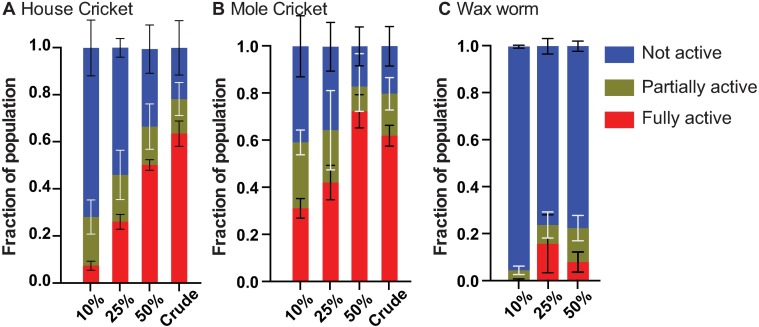Fig 5. Concentration- and host-dependent activation of S. scapterisci IJs.
IJs were exposed to three different types of insect homogenates (house crickets, mole crickets, and waxworms) at multiple concentrations (10%, 25%, 50%, and crude homogenates for both types of crickets and 10%, 25%, and 50% for waxworms). Three biological replicates of triplicate experiments were performed for each time point (n≥171 nematodes per replicate; n≥591 nematodes total per condition) (S2 File). A. Higher concentrations of house cricket homogenate resulted in significantly higher activation rates among IJs (p<0.0001; one-way ANOVA). 25%, 50%, and crude homogenate all produced significantly higher activation than 10% homogenate (p<0.0001; unpaired t test). 50% and crude homogenate both induced significantly higher activation than 25% homogenate (p<0.0001; unpaired t test), and crude homogenate induced significantly higher activation than 50% homogenate (p = 0.04; unpaired t test). B. Higher concentrations of mole cricket homogenate resulted in significantly higher activation rates among IJs (p<0.0001; one-way ANOVA). There was no significant difference in activation between 10% and 25% mole cricket homogenate, but 50% and crude homogenate both induced significantly higher activation than 10% or 25% homogenate (p≤0.03). C. Higher concentrations of waxworm homogenate resulted in significantly higher activation rates among IJs (p<0.0001; one-way ANOVA). 25% and 50% homogenate both induced significantly more activation than 10% homogenate (p≤0.002), but there was no significant difference between 25% and 50% waxworm homogenate. Comparing activation rates between the different hosts, mole cricket homogenate induced significantly higher activation than house cricket homogenate at 10% (p<0.0001; unpaired t test), and 50% (p = 0.009; unpaired t test). Both cricket homogenates induced significantly higher activation in S. scapterisci IJs than waxworm homogenate (p<0.0001; unpaired t test).

